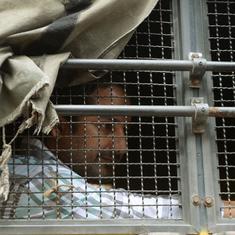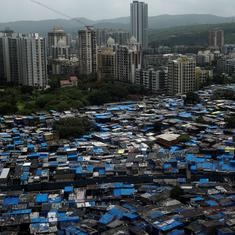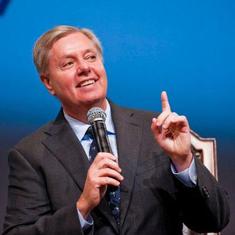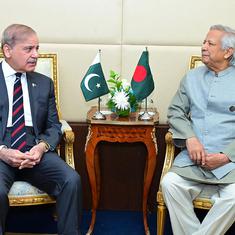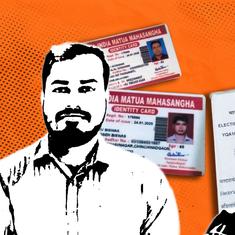If there is one message that Mayawati delivered at her rally in Agra on Sunday, it is this: she is not just looking at reviving 2007, when Bahujan Samaj Party got absolute majority for the first time in Uttar Pradesh. Instead, she is aiming to create a new social alliance of Dalits and Muslims that could act as the new core of the state's politics.
Her repeated assertions that the Samajwadi Party and the Bharatiya Janata Party were “working in tandem” and might “cause communal riots in their desperation to create polarisation ahead of Assembly elections” were clearly meant to create a suspicion of the ruling party.
What was most striking was her constant effort to make Muslims realise that they could no longer trust the Samajwadi Party and that aligning with Dalits would now be the only effective way to keep the BJP and its Hindutva supporters out of power in Uttar Pradesh.
In a state where Dalits account for nearly 22% of the population and Muslims over 18%, a combination of the two may actually prove very formidable.
It is not as if Mayawati has given up on trying to attract Brahmins, the caste that played a significant role in the grand social-engineering experiment she pulled off in 2007.
In 2007, when the Bahujan Samaj Party got absolute majority, winning 206 in the house of 403, its vote share was 30.43%. Back then, it was the Brahmin caste that is said to have played a critical role in helping Mayawati expand her core vote base and secure power.
But for now, Mayawati seems more determined to create a split in the M-Y (Muslim-Yadav) combination, the core social base of the Samajwadi Party. This would be a huge dividend for her party in the state elections that are due in early next year.
Mayawati’s Agra rally was first of the four public meetings she will address to set the tone for her pary's election campaign in the state. In course of next month, she will address rallies in Azamgarh, Saharanpur and Allahabad.




